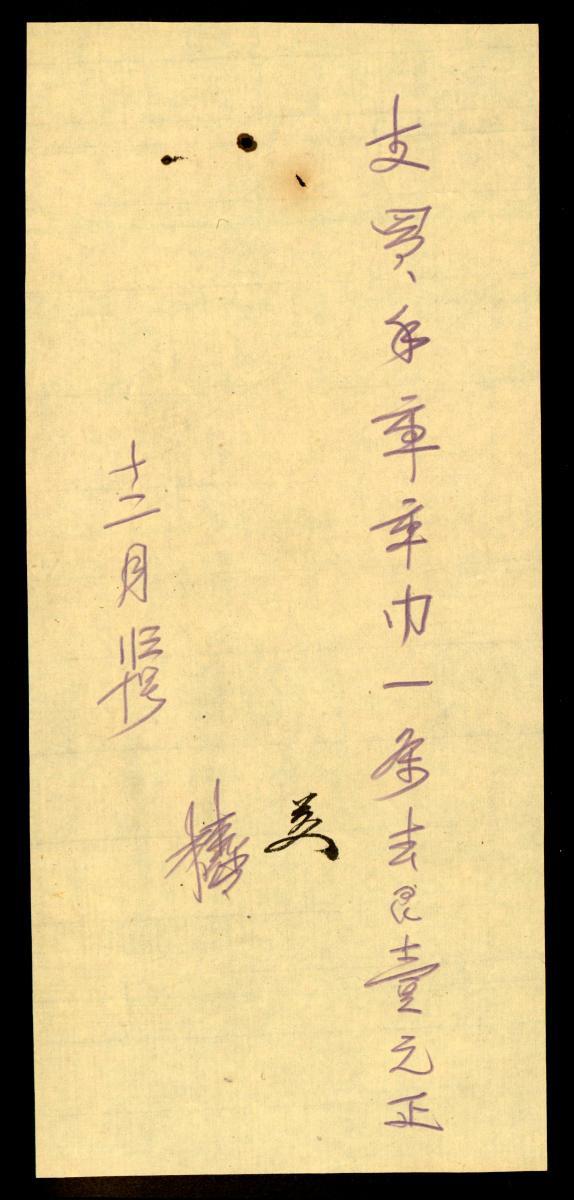Due to its abundance of mineral deposits, Southeast Asia was a hub of metal and silversmithing (Rooney, 1993). At the time, silver was often alloyed with copper for increased stability. Highly ornate and varying between chased and repousse techniques, such embellished platters, not only exhibit Southeast Asia’s silver and metalworking culture but also reflect their significance in the trade and political economy of luxury goods in the region as well as part of pan-Malay cultural life. This nineteenth-century silver platter is is made of beaten and chased silver alloy, sporting a wide rim with nineteen lunettes and floral patterns. The border has a crenulated organic pattern soldered on for greater stability. Platters like this have a variety of uses, from serving food to holding water pots and covering water vases. Others may be used for bridal gifts at weddings. The ornate quality of this acquisition implies that it might have been used in betrothal or marriage ceremonies, where it would hold betrothal cups. This platter is remarkable in how it reflects the creative process in Malay and/or Sumatran silversmithing during the late Dutch colonial period of the Indonesian Archipelago. The floral decorations all over the plate are based on flora and fauna indigenous to Southeast Asia. The dish portion of the platter shows four-petalled flower designs loosely inspired by open lotus flowers or by ‘izoras’, a common pattern in Malay metalwork at the time. The irregularity of repeated designs also suggests how silversmiths neither used pattern templates or models. Instead, they improvised their designs, making the production process highly intuitive. This platter also sports a Rococo border, which suggests that its design was tailored to suit colonial European tastes and may have been intended for export.















